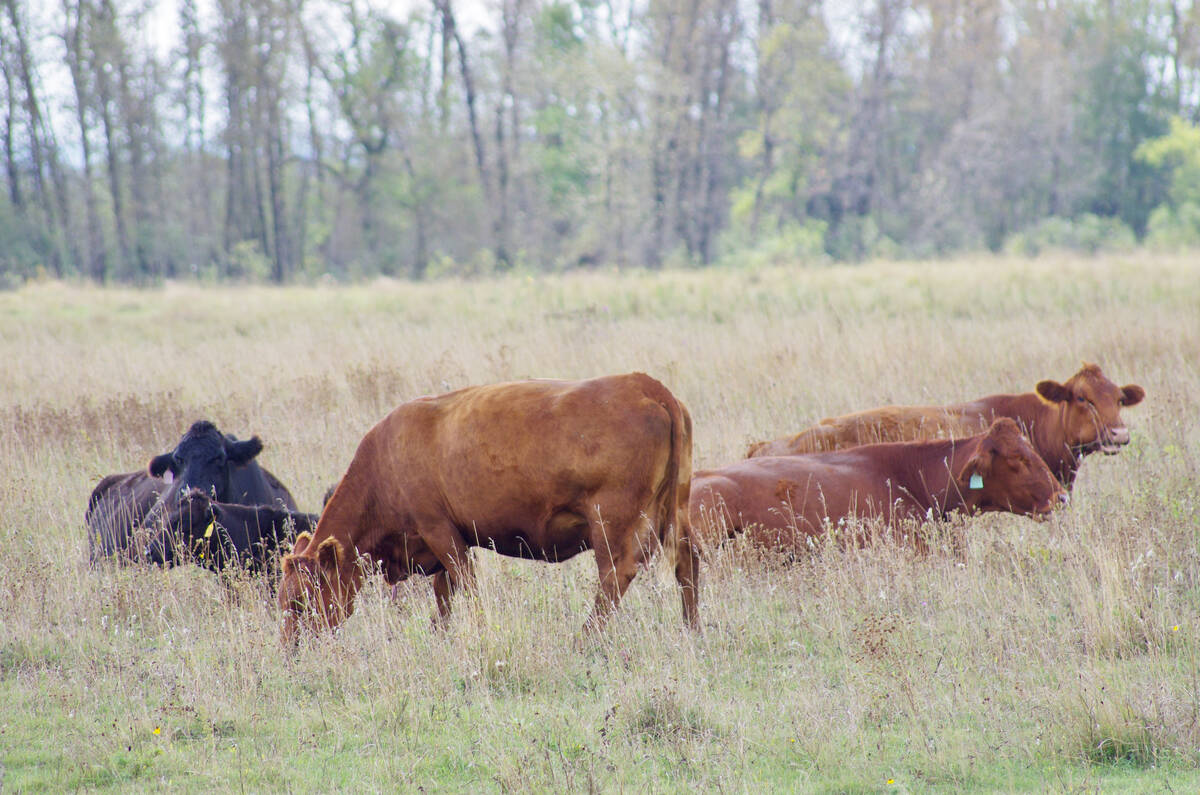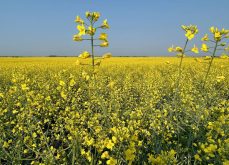Glacier FarmMedia | MarketsFarm – There is skepticism in the trade towards the latest numbers from Agriculture and Agri-Food Canada and those to come from Statistics Canada on Aug. 28, according to broker Ken Ball of Ventum Financial in Winnipeg.
On Aug. 20, AAFC issued its monthly supply and demand estimates which showed the feed waste and dockage for 2023/24 canola at a mere 74,000 tonnes. That’s a drop from the 692,000 tonnes in 2022/23 and that for 2024/25 was projected to be 347,000 tonnes.
“Everybody is looking at that [2023/24 number] saying where did they get that from?”, Ball stated, noting the end of season stocks report could clarify AAFC’s data. He called the stocks report a sort of “a report card on other reports.”
Read Also

U.S. livestock: Chicago cattle futures climb on post-Thanksgiving trade
Chicago | Reuters – Chicago Mercantile Exchange’s live and feeder cattle futures ticked up on Friday in a day of…
“That feed waste and dockage number is a little bit of a warning that there’s more canola out there than we think,” the broker added.
As for StatCan’s upcoming report on principal field crops, Ball commented there’s little reason to put any faith into the document.
“I don’t know anybody who has a great amount of faith it’s going to tell us very much,” he said. “Data gathered at the end of July…how a non-surveyed report could take a month to get out? It will give us a limited amount of information.”
“The confidence level in these model reports is still extremely low in the industry,” Ball continued.
In turn that has created a situation where no one really knows how much canola will come off of Canadian fields in 2024/25. Currently, AAFC pegged production at 18.63 million tonnes, based on data from StatCan. Some analysts and traders suggested the crop could reach or exceed 20 million tonnes, but dry weather at the blooming stage may have eroded that expectation. Meanwhile, the United States Department of Agriculture estimated the coming Canadian canola harvest at the 20 million-tonne mark.
As for the pending labour dispute at Canadian National Railway and Canadian Pacific Kansas City, Ball suggested canola prices could go either way. He said pressure from domestic buyers could pulled prices lower. However, should export demand suddenly spike, that could drive up values.
Federal Labour Minister Steven MacKinnon met with CN, CPKC as well as the Teamsters Canada Rail Conference on Aug. 21 in a last-ditch effort to stave a work stoppage that was set to begin at midnight.
Should a strike by the Teamsters’ 9,300 members proceed, or the railways lock them out, it would mark the first time CPKC and CN were brought to a halt at the same time. Reports estimated the stoppage could cost the Canadian economy approximately C$1 billion per day.















